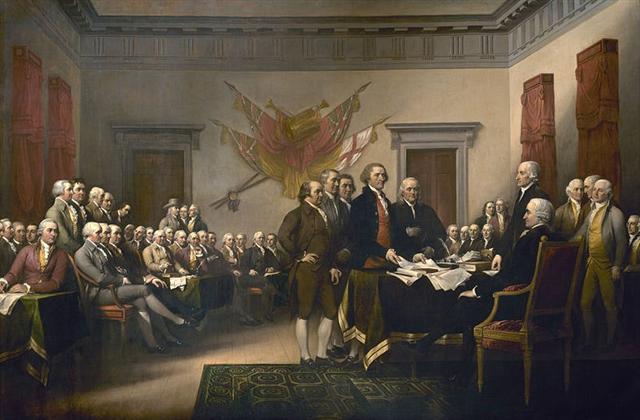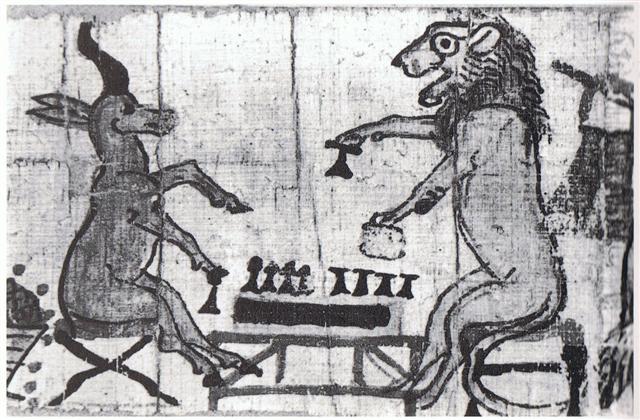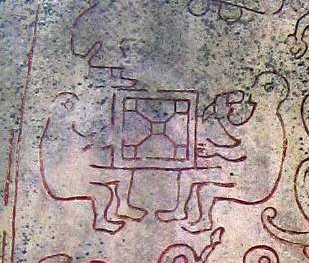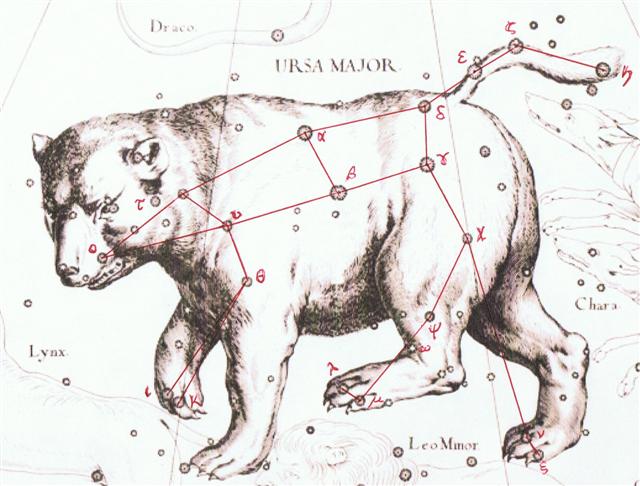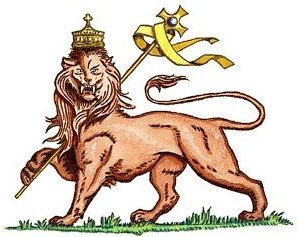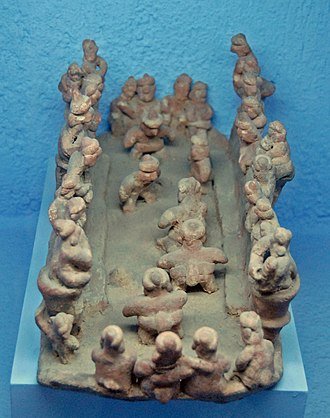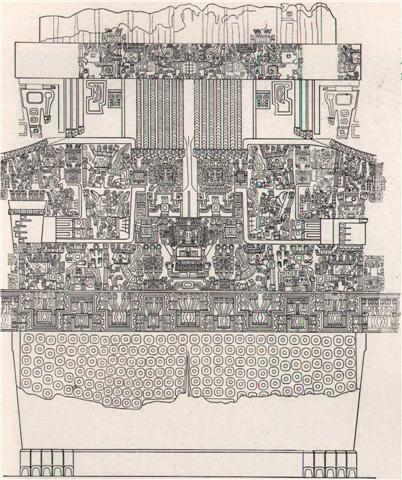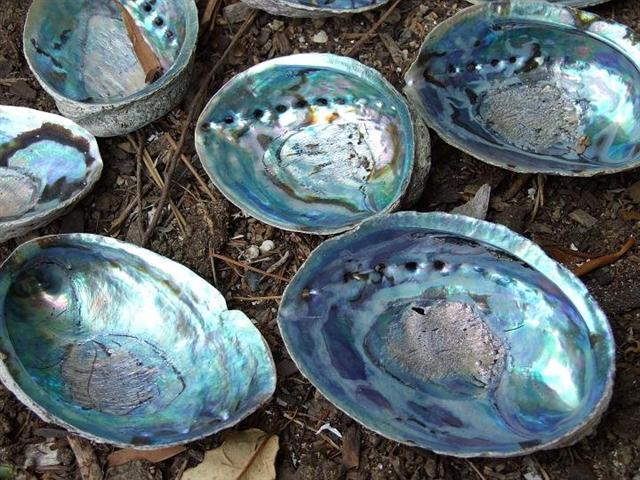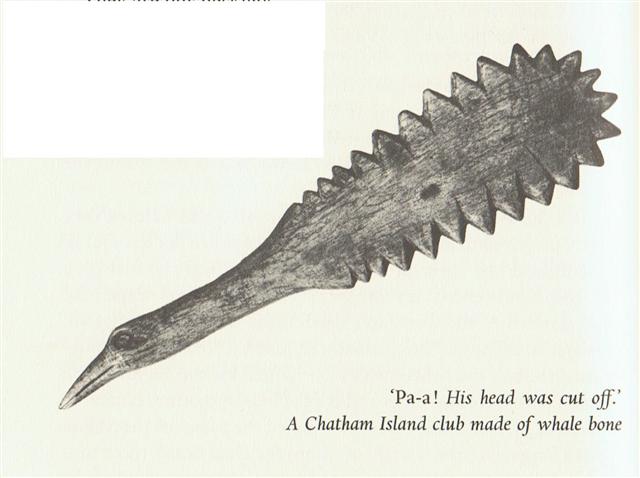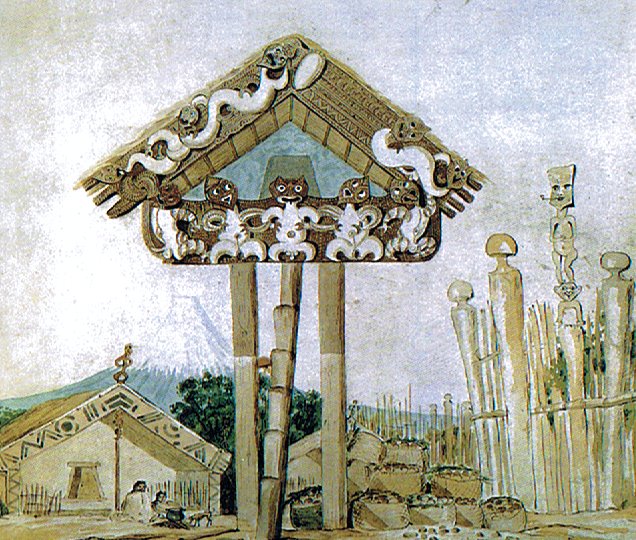|
TAHUA
34 Once again:
584 (→ synodic cycle of Venus) - 229 (sida a) - 211 (Gb7-30) = 144 = 12 * 12, and the number of inside downward curves in the mama pair (Ga4-23--24) is 6 + 6 = 12.
Pacha-mama was, in South America, the name for the time-space cosmos and in her tresses were enscribed number 396 (→ 584 - 188): ... Space and time are a single, related concept in Runasimi [the language of the Inca people], represented by one word, pacha, which can also mean 'world' and 'universe'. The image of time familiar to Waman Puma was static and spatial: one could travel in time as one travels over earth - the structure, the geography, remaining unchanged. To him it does not matter that he shows Inka Wayna Qhapaq, who died in 1525, talking to Spaniards who did not arrive until 1532. Wayna Qhapaq was the last Inca to rule an undivided empire: he is therefore the archetype, and it must be he who asks the Spaniards. 'Do you eat gold?' ...
The mama pair (Ga4-23--24) located 333 days earlier than FEBRUARY 17 could depict a pair of empty bivalve shells, like double zeroes.
Pau. 1. To run out (food, water): ekó pau te kai, te vai, is said when there is an abundance of food or water, and there is no fear of running out. Puna pau, a small natural well near the quarry where the 'hats' (pukao) were made; it was so called because only a little water could be drawn from it every day and it ran dry very soon. 2. Va'e pau, clubfoot. Paupau: Curved. Vanaga. 1. Hakapau, to pierce (cf. takapau, to thrust into). Pau.: pau, a cut, a wound, bruised, black and blue. 2. Resin. Mq.: epau, resin. Ta.: tepau, gum, pitch, resin. (Paupau) Hakapaupau, grimace, ironry, to grin. 3. Paura (powder), gunpowder. 4. Pau.: paupau, breathless. Ta.: paupau, id. 5. Ta.: pau, consumed, expended. Sa.: pau, to come to an end. Ma.: pau, finished. 6. Ta.: pau, to wet one another. Mq.: pau, to moisten. Churchill. Paua or pāua is the Māori name given to three species of large edible sea snails, marine gastropod molluscs which belong to the family Haliotidae (genus Haliotis), known in the USA as abalone, and in the UK as ormer shells ... Wikipedia
Pa. 1. Mgv.: pa, an inclosure, a fenced place. Ta.: pa, inclosure, fortification. Mq.: pa, inclosure. Sa.: pa, a wall. Ma.: pa, a fort. 2. Mgv.: pa, to touch. Sa.: pa'i, id. Ma.: pa, id. 3. Mgv.: pa, to prattle. Ta.: hakapapa, to recount. 4. Mq.: pa, a hook in bonito fishing. Sa.: pa, a pearlshell fishhook. Ma.: pa, a fishhook. Pau.: hakapa, to feel, to touch. Mgv.: akapa, to feel, to touch, to handle cautiously.
|
||||||||||||||||||||||||||||||||||||||||||||||||||||||||||||||||||||||||||||||||||||||||||||||||||||||||||||||||||||||||||||||||||||||||||||||||||||||||||||||||||||||||||||||

